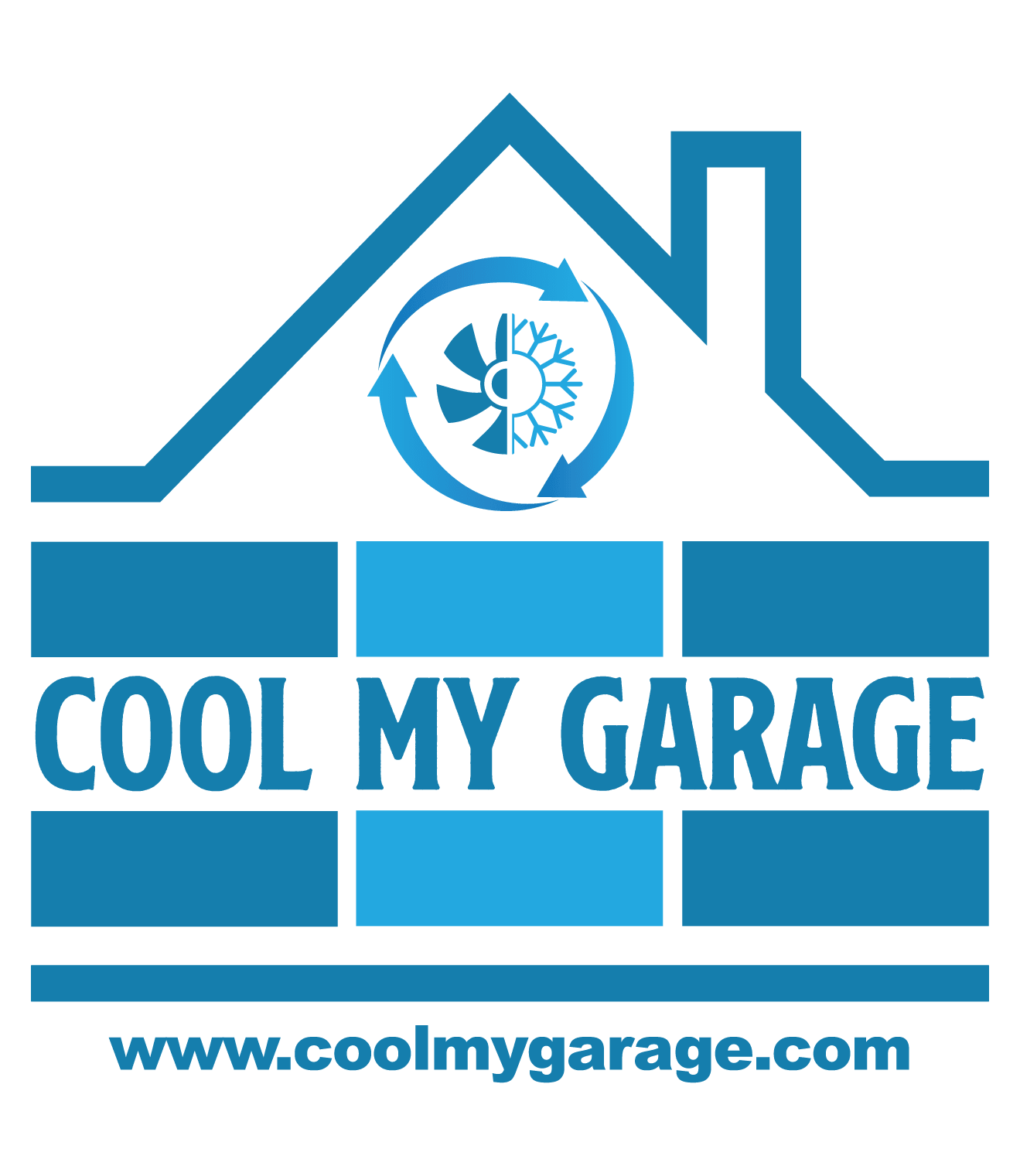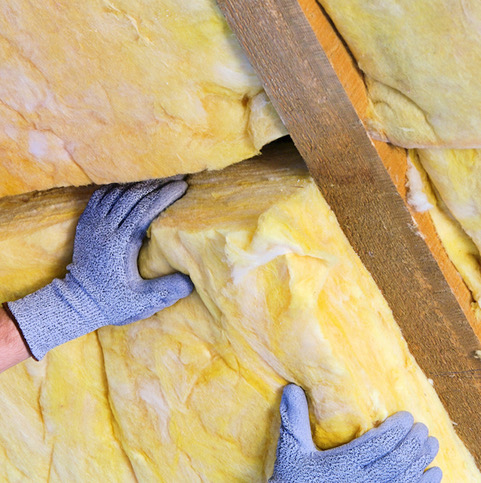Is your garage a sweatbox in summer and a cold storage freezer in winter? If the answer is yes, you may want to consider how to insulate your garage to make it a more welcoming environment. Why? Well, if you spend time in your garage working on hobbies or DIY projects, you already know the answer. But even if you don’t, and have an attached garage, you should be concerned about how your garage impacts your energy costs.
Your garage is the least energy-efficient space in your home. The door that connects the garage to the home is probably hollow core like other interior doors meaning it is not insulating the home from the icebox or hot box that is your garage. And that means a higher heating or cooling bill.
If that’s your only concern you can fix it by replacing the hollow-core door with an insulated storm door with a high R rating. Problem solved.
Garage Insulation and Ventilation
Insulating your garage makes perfect sense if you spend time out there on a regular basis working on hobbies, tinkering with the car, or potting houseplants. If that describes you, here are a few things to keep in mind when creating a more work-friendly garage environment:
- Garage Door. Your garage door has the greatest exposure to outside conditions (heat/cold). The roof/ceiling and walls have some insulation provided by the materials used on the exterior (stucco, brick, frame siding) while the garage is exposed directly to the elements. Insulating the garage door can significantly impact your garage’s temperature. Selecting the right insulation material for a garage door can get tricky depending on the door’s construction. There are many DIY kits available just be certain you choose one that is sized correctly and is designed for your door’s construction material.
- Ventilation. Stepping from your air-conditioned home into the stuffy steam box of your garage during summer is the fastest way to de-incentivize even the most passionate woodworker or DIY fan. You can minimize the stuffiness and reduce the temperature by as much as 20 degrees by installing a through the wall or attic exhaust fat and appropriate size air intake vents. The paint will dry faster, the glue will bond better and sawdust won’t stick to your sweaty hands and arms. Remember, no matter how high the ambient temperature is, the air inside your garage will be hotter. Evacuating that hot air and drawing in ambient air not only cools the garage but allows for better ventilation of fumes associated with DIY projects.
- Going whole hog. If you spend a great deal of time in your garage, and in this age of pandemic the garage maybe your new workspace, you can transform your garage into a comfortable space with relatively few modifications. The largest is laying down an epoxy floor. Epoxy will not stain or embed dust and dirt like concrete. It is a breeze to clean and is softer making it easier to stand for long periods. Portable floor or window air conditioners can create a comfortable climate rivaling the interior of the home. Lastly, portable heaters can take the chill out of the air but require careful monitoring.
Improvements made to the garage will not only provide you with a comfortable workspace but can potentially positively affect your property value.
You Have A Friend In The Business
At Cool My Garage we stock the latest in garage ventilation and garage door insulation products. If you are tired of burning up in your garage workshop, take a moment now to review our solutions.

